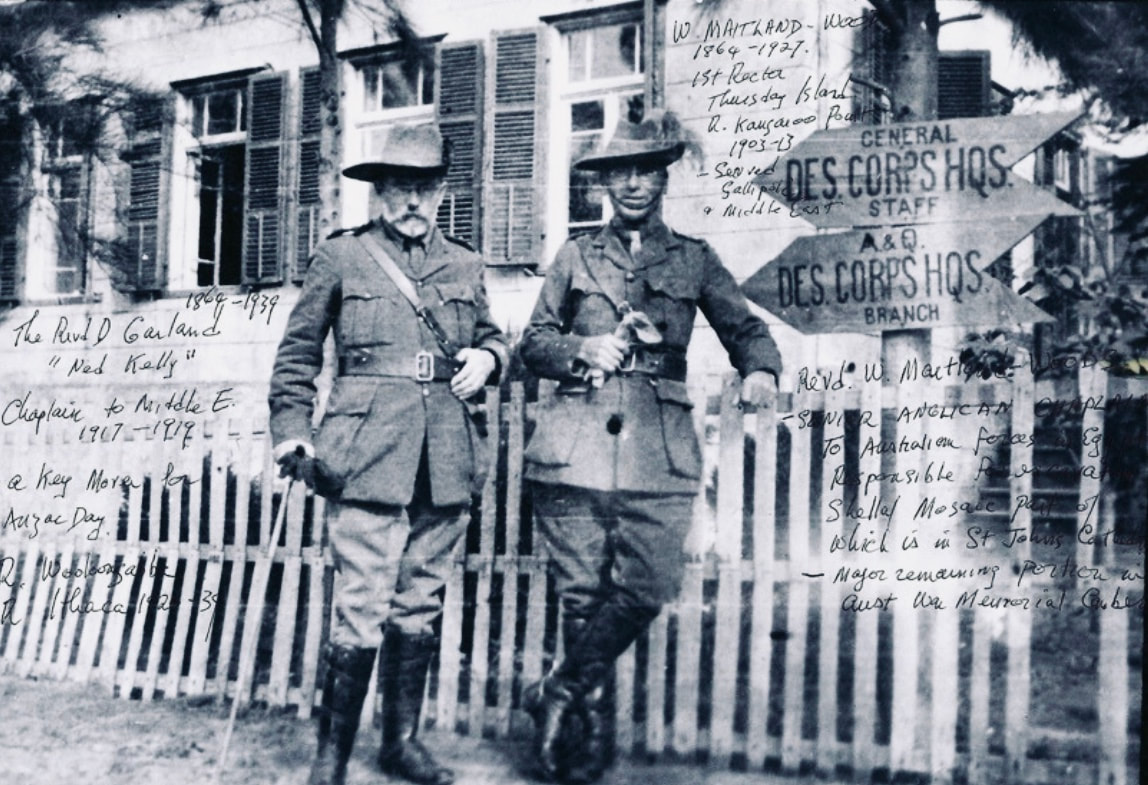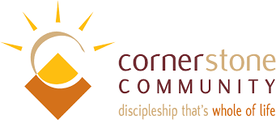|
I remember being gripped when I first read Trooper Ion Idriess’ first hand accounts of the Light Horse in the Sinai desert in World War One. You can feel the breath of bullets sheering the emu feathers from his slouch hat as he and his mates galloped away under the rifle fire of the Turks. It was stirring stuff for a young bloke to absorb! But there were mentions of something intriguing that happened to those young Australians on the long draining rides between battles. The hooves of their horses were kicking up the centuries of dust that covered adventures recorded in the Bible – in a very real sense they felt they were riding with the ghosts of Moses, Joshua and Caleb. The chaplains alongside the men became the storytellers bringing that history to life. Events that had remained locked inside a leather-bound book with gold-edging that belonged in church, suddenly became real. Idriess told a very Australian story that happened when, led by amateur archaeologist Padre Maitland-Woods, the troopers carefully dug up the mosaic floor of an ancient church to ship back to Australia as a prize of war! The padre enthusiastically reported to the Army Records Division they’d also found the bones of a saint and got a request back asking for Trooper A. Saint’s dog tag as they had no record of him! The Shellal mosaic is on display in the War Memorial in Canberra. It contains Jesus’ words ‘I am the True Vine’. I like to think of it as a tribute to the chaplains who brought the life of the True Vine to the young ANZAC’s. Chaplain David Garland was one of them and this is his story. It’s December 1918. The Australian Light Horsemen had fought their way across the Sinai and were about to enter Jerusalem as part of a military parade. Henry Gullett, the historian of the Palestine campaign, described an unlikely scene. Instead of a brassy victory procession he witnessed the young troopers, ‘Led by churchmen in military dress and emu feathers, heavy boots and clinking spurs, proceeding along the Via Dolorossa or gathered around the traditional stations of the cross.’ Senior Chaplain David Garland was among these leaders. With other chaplains, he had worked at educating groups of young Australians in the history of the Bible as they rode from the Pyramids to the Holy Land. In Jerusalem, Gullet reported that ‘from daylight to dark these good men walked the ways of Christ at the head of successive parties of troopers.’ Many ANZACs displayed the zest of pilgrims. The biblical narrative these boys had been raised on was out of the book and under their feet. Idriess exclaimed, 'A queerly personal thought that Australian soldiers have actually trodden in the footsteps of Christ!' David Garland had been an activist since serving as a chaplain to soldiers leaving Fremantle for the Boer War at the turn of the century. He’d had success in launching and financing scattered bush parishes, and led a crusade for religious education in state schools. When news that bored Australian troops were part of a riot in Cairo in the tense weeks before the Gallipoli landing, Garland championed the men. He spoke from Brisbane; 'We have no right to criticise the troops for drunkenness and whoring if we don’t provide them with wholesome activities while on leave.’ He was more than a moralist. He backed his words by raising several million dollars, sailing for Egypt and on arrival, setting about organising clubs, convalescent homes, sports and libraries. He visited VD treatment compounds calling on the men to respect their wives and girlfriends waiting at home. Garland was a fighting man’s chaplain. In the Middle East and France, he and many of his comrades were commended for their frontline actions in burying the dead, caring for the wounded at aid posts and boosting the men’s morale. It says something that the chaplains were among the last to leave for home. Back in Brisbane, the energetic Garland threw himself into making sure the sacrifices he had witnessed first-hand, would be fixed permanently in the memory of Australia. He longed for the ANZAC spirit of unselfishness and self-denial he’d seen overseas to be brought home. That’s what drove him as the architect that gave a shape to a commemoration day that has lasted a century. He championed a public holiday, initiated the march, the returned soldiers' luncheon, the wreath-laying ceremonies at memorials and the special church services. Fearing the ceremony would fall victim to religious sectarian disputes he worked amicably to accommodate their denominational differences. Garland was ahead of his time in his sensitivity to Australia’s multicultural make up. With our own government upholding the White Australia policy, here was an Anglican clergyman devising the two-minute silence to be used in lieu of a prayer. It meant participants of all backgrounds could remember the fallen in accordance with their own beliefs. He went far beyond formal ceremonies and religious activities to demonstrate his care for his comrades and spent years raising funds for memorials, hospitals, soldiers’ hostels and the maintenance of soldiers' graves at home and abroad. The impact of his life remains. In 2015, grateful Australians raised a memorial to the man they called the ‘Champion of Veterans’ Rights.’ Four years later, the commuter overpass linking Toowong’s Anzac Park to Brisbane Botanic Gardens was renamed to honour Chaplain David John Garland OBE - The Architect of Anzac Day.
0 Comments
Leave a Reply. |
AuthorJoin The Outback Historian, Paul Roe, on an unforgettable journey into Australia's Past as he follows the footprints of the Master Storyteller and uncovers unknown treasures of the nation. Archives
October 2023
Categories
All
|
|
Sponsored by
|
Privacy Policy
|
|
Copyright 2020 by The Outback Historian
|
Site powered by ABRACADABRA Learning
|


 RSS Feed
RSS Feed

